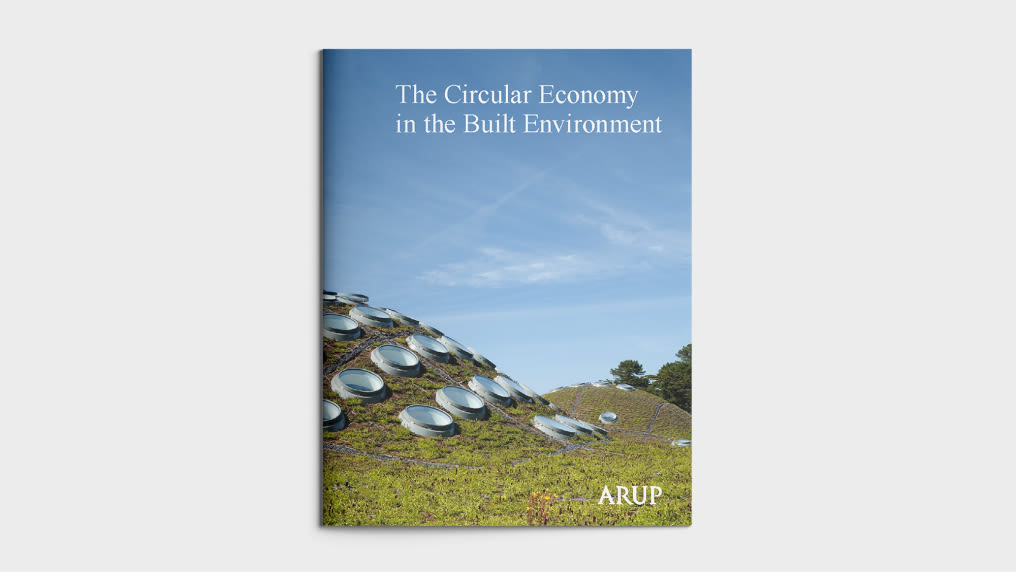Regardless of what one might think about Bill Gates' first foray into climate-change non-fiction earlier this year, he asks an important question, which, he says, should be at the heart of every climate conversation: "what's your plan for cement?"
Cement, steel, aluminium, and plastics are four of the most commonly used materials in our economy. While they are used for different purposes, the construction of buildings and infrastructure accounts for a significant proportion of the demand for them. The manufacturing of these materials is an important source of greenhouse gas emissions; therefore, to decarbonise our economy and reach climate neutrality by 2050, we must find ways to decarbonise our built environment. We must have a plan for cement.
The circular economycircular economyA systems solution framework that tackles global challenges like climate change, biodiversity loss, waste, and pollution. It is based on three principles, driven by design: eliminate waste and pollution, circulate products and materials (at their highest value), and regenerate nature. provides a framework of solutions to address the emissions embodied in our built environment. A new Foundation article, Building a world free from waste and pollution, explores what those solutions look like. By:
making better use of existing buildings
designing new spaces in ways that eliminate waste
and reusing and recycling materials
we can reduce greenhouse gas emissions by 3.1 billion tonnes of CO2 equivalent by 2050 compared to business as usual. That is more than the emissions that the European Union member states generated collectively in 2019.
Read the full article on our Circulate News page and learn more about redesigning our built environment in the Circular economy in cities section on our website.






